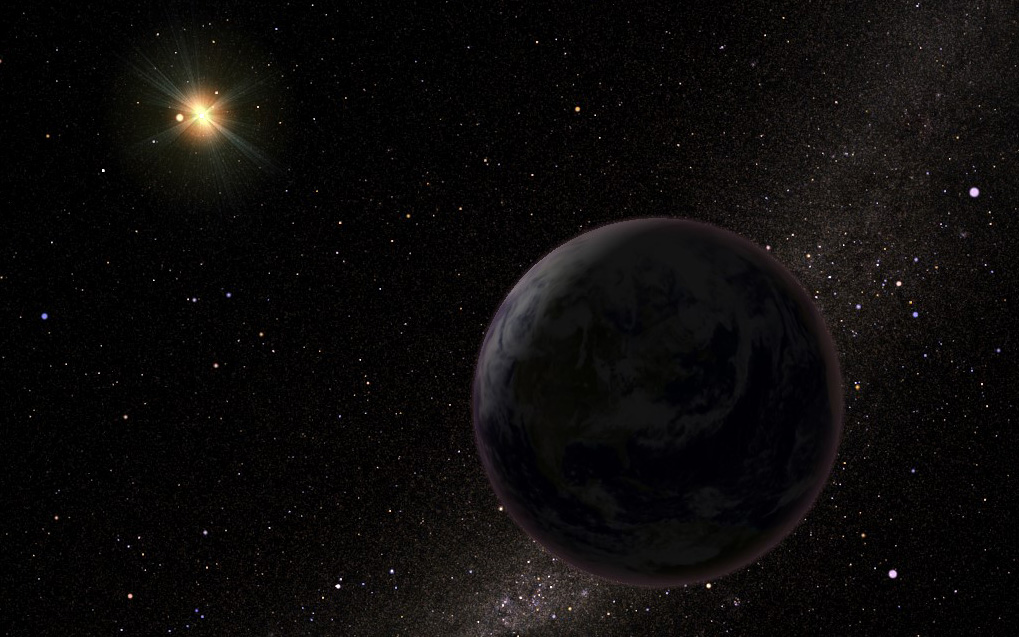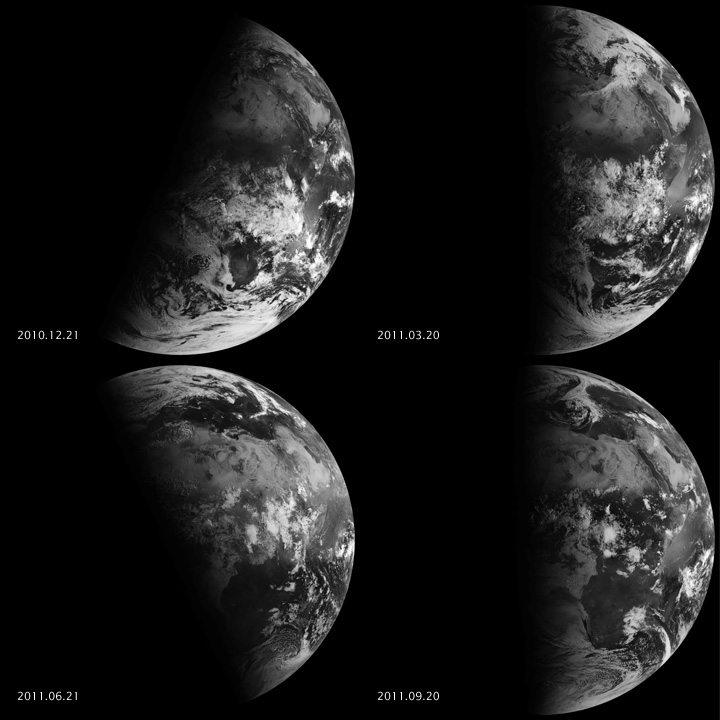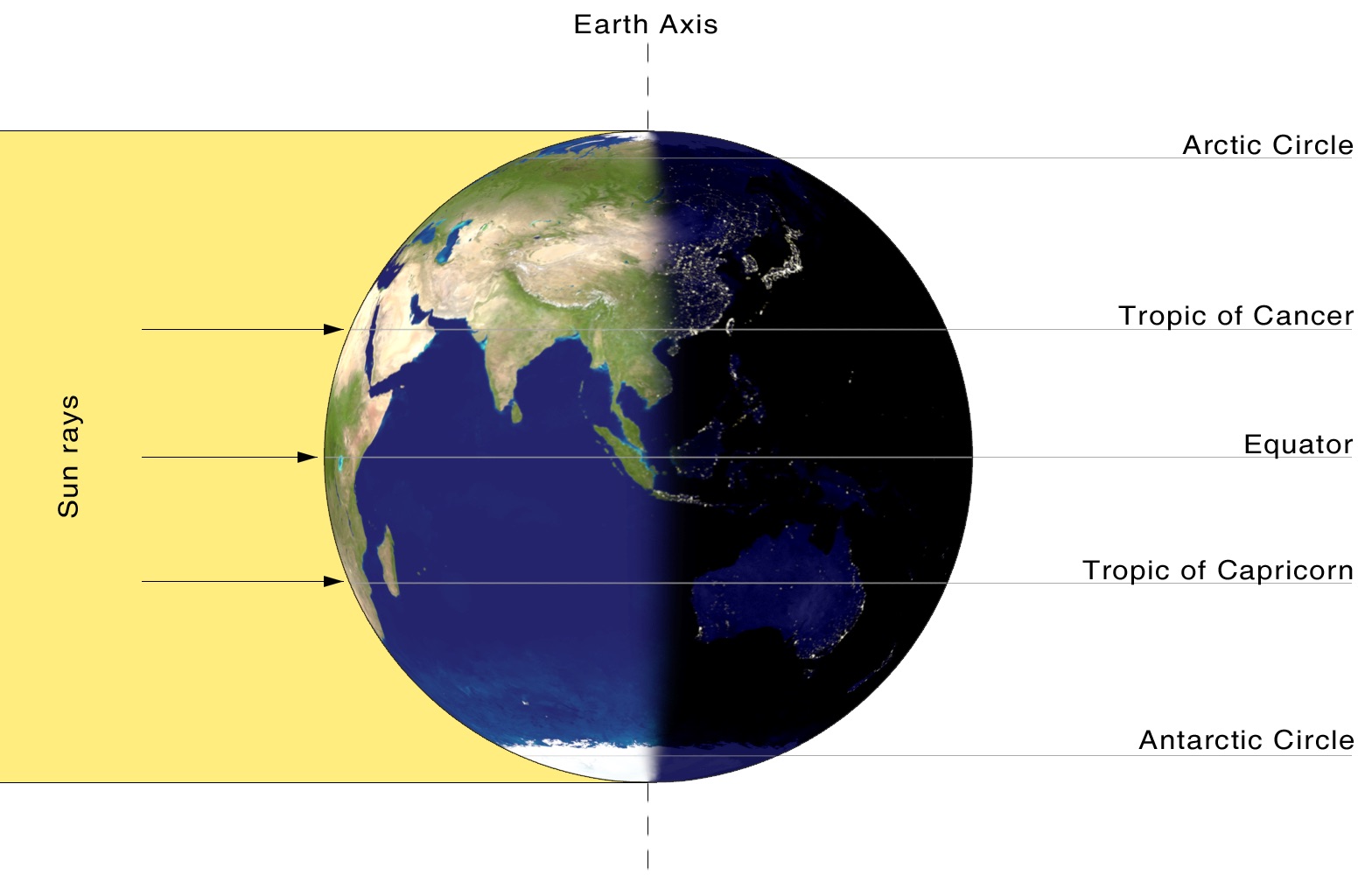Why the Autumnal Equinox Doesn't Fall on the Same Day Every Year
Autumn is right around the corner for everyone in the Northern Hemisphere, while those in the Southern Hemisphere are gearing up for warmer spring weather.
Depending on the part of the world in which you live, the season will change on either Sept. 22 or 23. That's because the equinox isn't a daylong event. Rather, the equinox is defined by the position of the Earth and the sun at a particular moment in time.
Time zones aren't the only source of confusion concerning the date of the equinox. Further complicating our calendars, the autumnal equinox can occur anytime between Sept. 21 and 24. [Autumn Equinox: 5 Odd Facts About Fall]

On Sept. 22 at 9:54 p.m. EDT (0154 GMT on Sept. 23), the sun will cross the celestial equator, or an imaginary line that projects Earth's equator into space. At this exact moment, the Northern and Southern hemispheres will receive an equal amount of sunshine, and the length of day and night will be approximately equal around the world — hence the term "equinox," which is derived from the Latin phrase meaning "equal night."
However, the situation is a bit different at Earth's poles. At the South Pole, where the sun hasn't risen for the last six months, the sun will finally peep over the horizon, and it remain in the sky for the next six months. Likewise, the North Pole will shift from being in sunlight 24/7 to being in the dark for the next six months. When the vernal equinox arrives on March 20, 2019, the South Pole will once again be in the dark, and the North Pole will bask in daylight for the first time since the autumnal equinox.

Most years, this happens on either Sept. 22 or 23. However, every once in a while, the autumn equinox can occur on Sept. 21 or 24. This happens because the length of a calendar year (365 days) is not equal to the time it takes for Earth to travel around the sun (365.25 days). To make up for this inconsistency, people have observed "leap years" for the last two millennia. By adding a "leap day" (Feb. 29) to the calendar every four years, we have managed to keep our seasons more or less consistent from year to year.
However, leap years don't ensure that equinoxes always fall on the same date. "Because of leap years, the dates of the equinoxes and solstices can shift by a day or two over time, causing the start dates of the seasons to shift, too," according to The Old Farmer's Almanac.
Get the Space.com Newsletter
Breaking space news, the latest updates on rocket launches, skywatching events and more!

The last time the autumnal equinox fell on Sept. 21 was over a thousand years ago, and the last Sept. 24 equinox was in 1931, according to timeanddate.com. While it's been a long time since the equinox occurred on Sept. 21, we can expect to see it happen twice in the next century, first in 2092 and then in 2096. The next Sept. 24 equinox will be in the year 2303. (Keep in mind that these dates are based on Universal Time, so some time zones may not experience these equinoxes on the dates listed here.)
To celebrate this year's not-so-unusual autumn equinox, you can observe the Harvest Moon on Monday (Sept. 24) — and don't forget to mix some Harvest Moon cocktails!
Editor's Note: This article was updated the clarify the length of day and night at Earth's poles.
Email Hanneke Weitering at hweitering@space.com or follow her @hannekescience. Follow us @Spacedotcom, Facebook and Google+. Original article on Space.com.
Join our Space Forums to keep talking space on the latest missions, night sky and more! And if you have a news tip, correction or comment, let us know at: community@space.com.

Hanneke Weitering is a multimedia journalist in the Pacific Northwest reporting on the future of aviation at FutureFlight.aero and Aviation International News and was previously the Editor for Spaceflight and Astronomy news here at Space.com. As an editor with over 10 years of experience in science journalism she has previously written for Scholastic Classroom Magazines, MedPage Today and The Joint Institute for Computational Sciences at Oak Ridge National Laboratory. After studying physics at the University of Tennessee in her hometown of Knoxville, she earned her graduate degree in Science, Health and Environmental Reporting (SHERP) from New York University. Hanneke joined the Space.com team in 2016 as a staff writer and producer, covering topics including spaceflight and astronomy. She currently lives in Seattle, home of the Space Needle, with her cat and two snakes. In her spare time, Hanneke enjoys exploring the Rocky Mountains, basking in nature and looking for dark skies to gaze at the cosmos.









